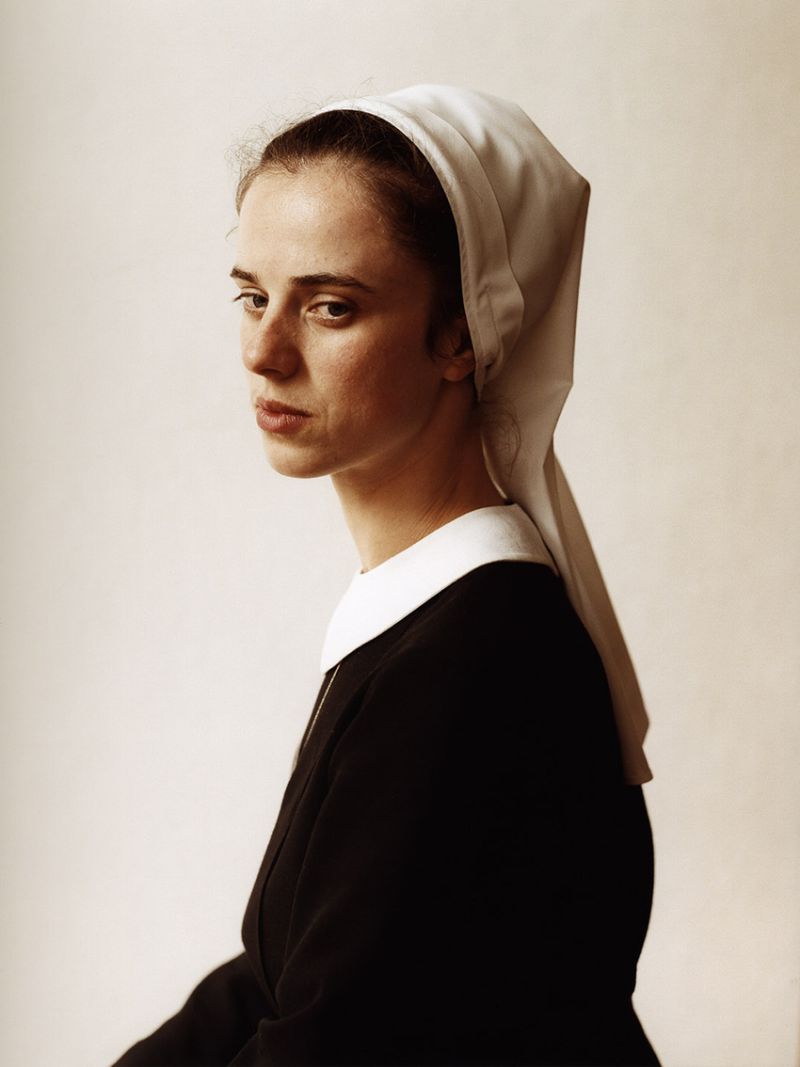Monika Czosnowska
Mediathek Sorted

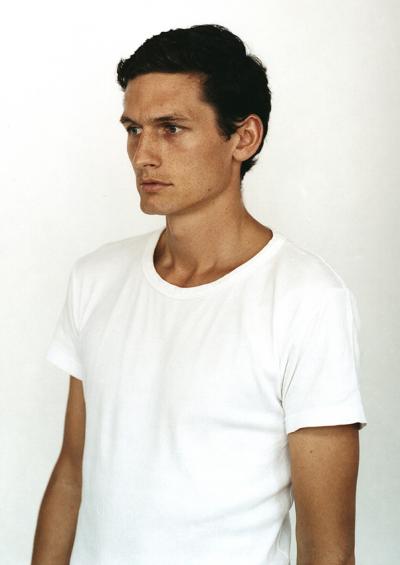
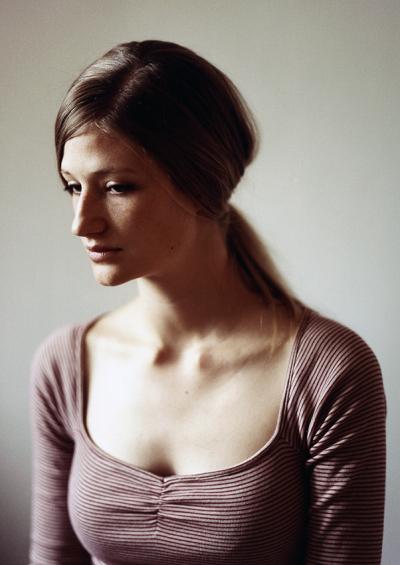
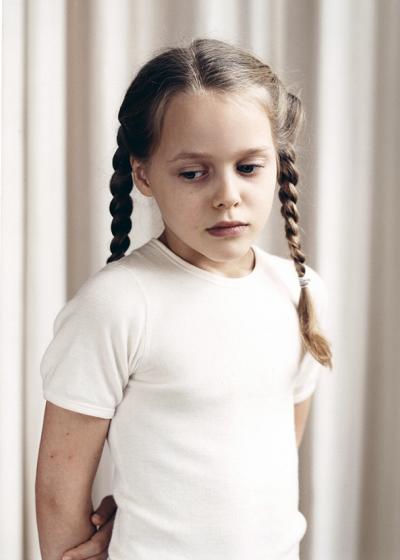
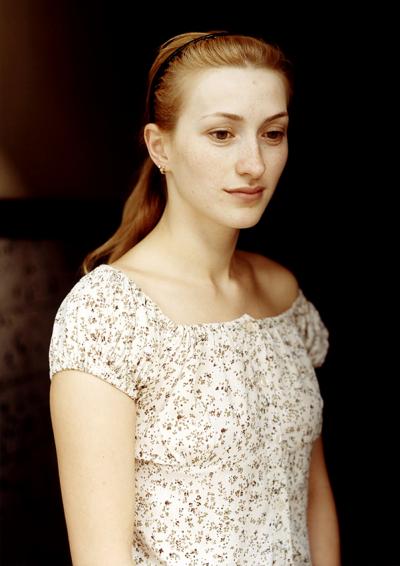
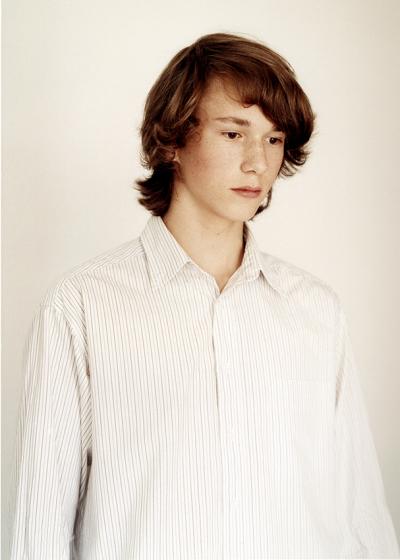
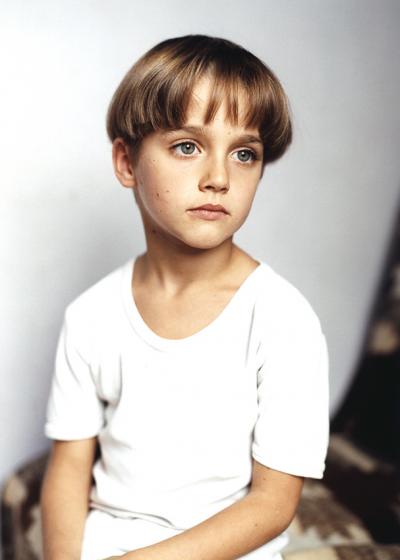
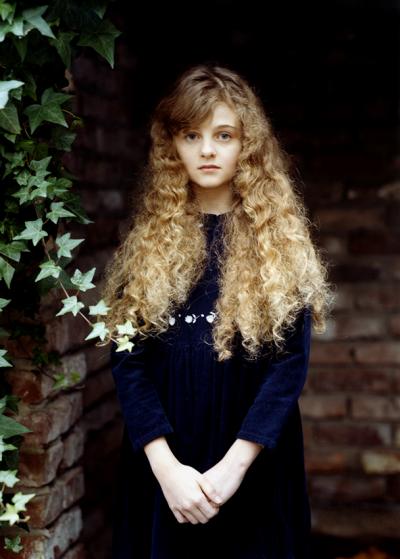
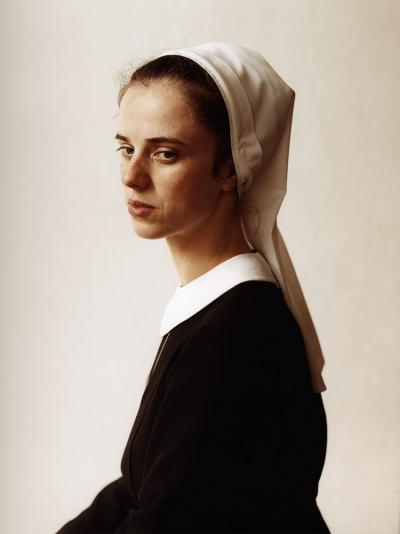
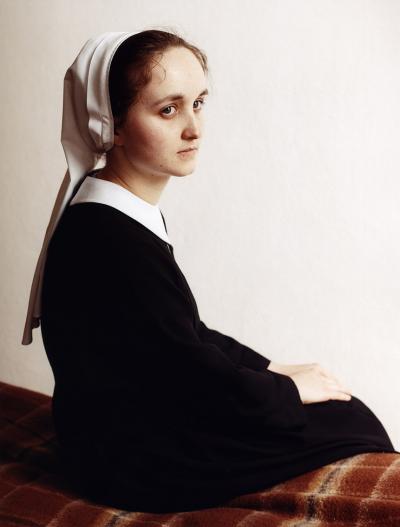

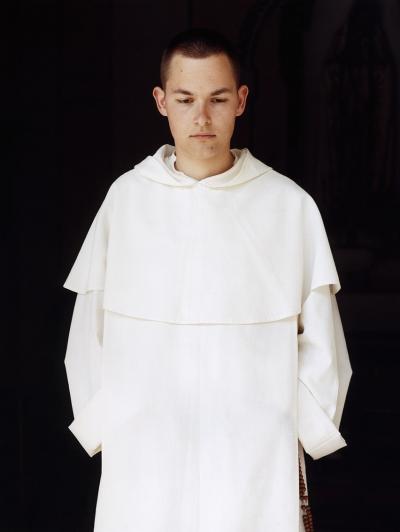
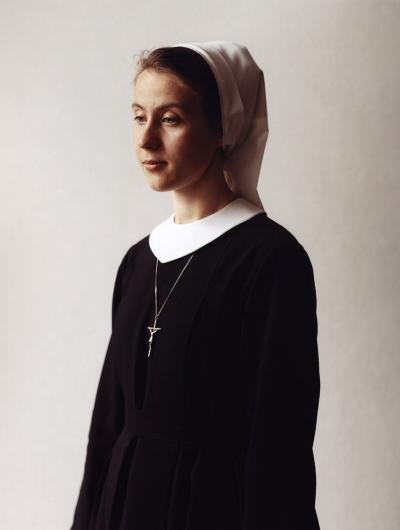
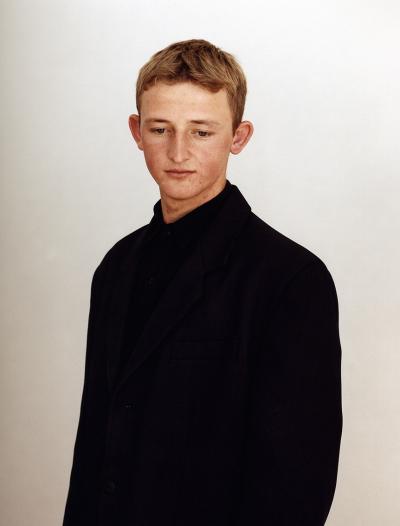
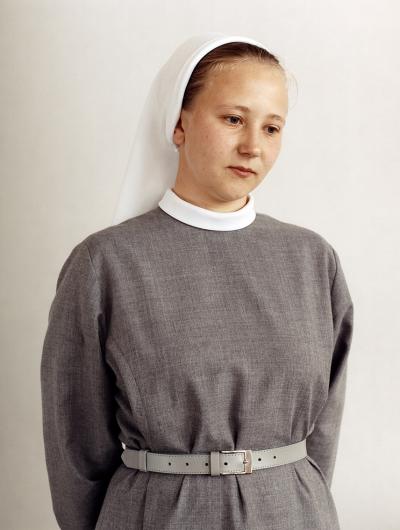
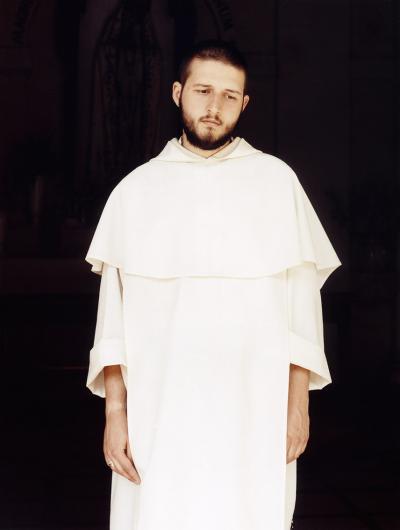
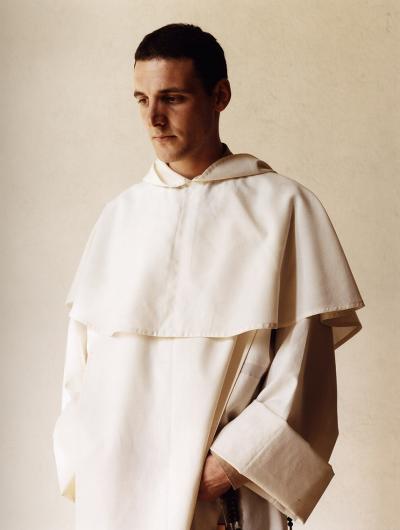
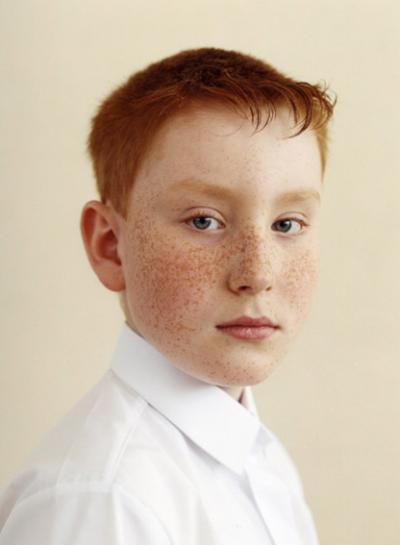

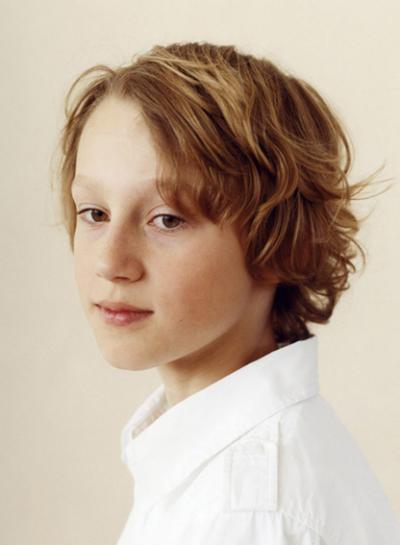

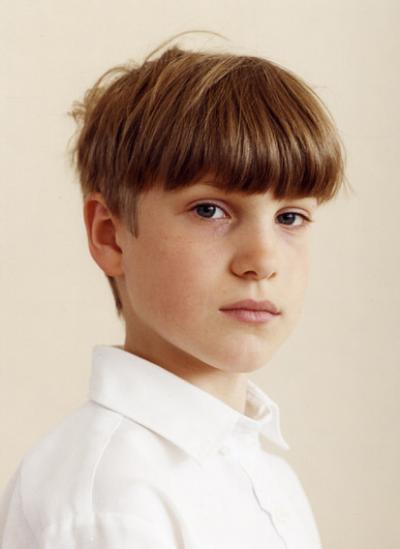
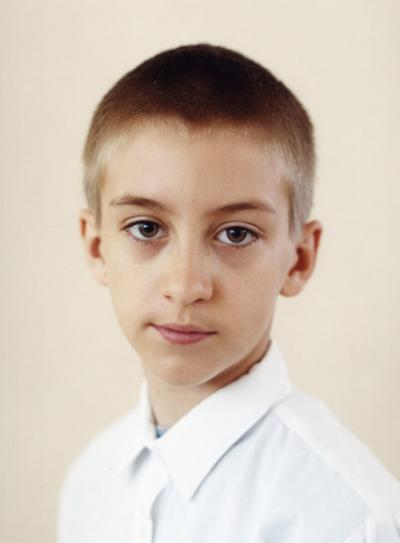
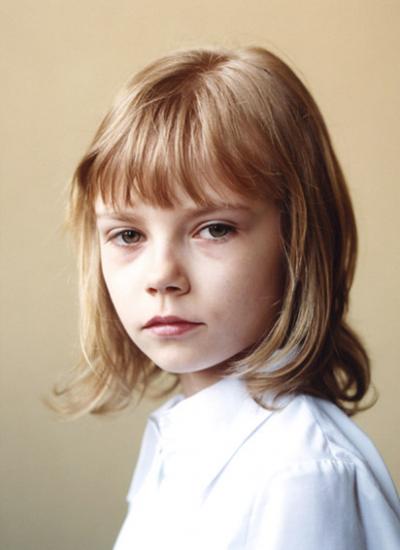
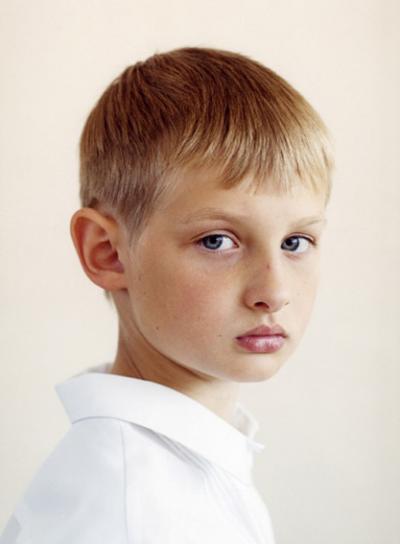
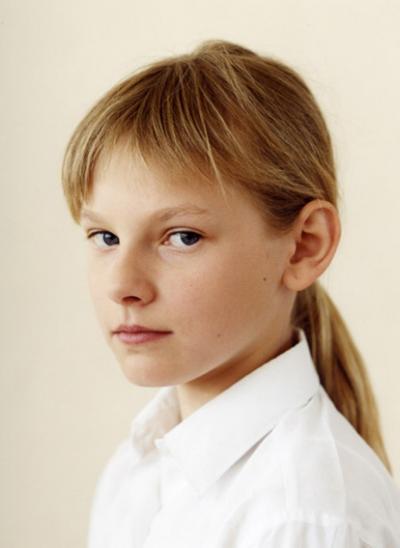
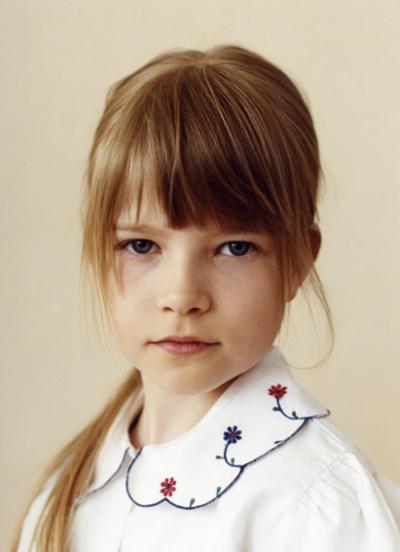
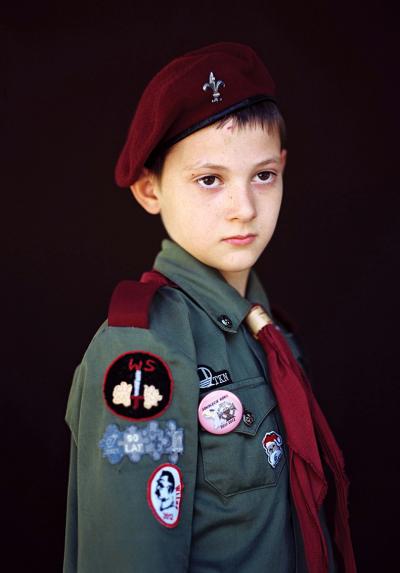
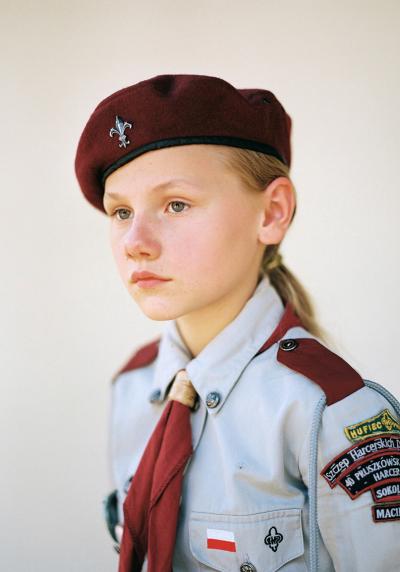

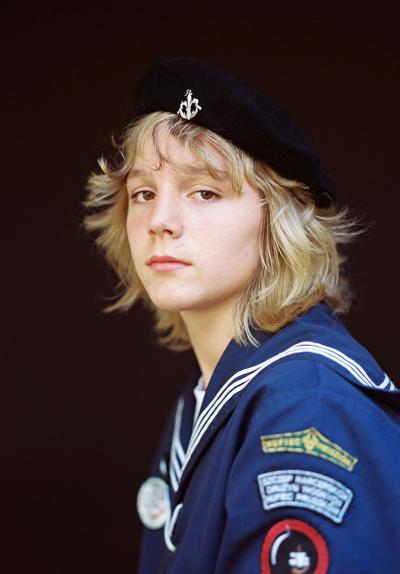
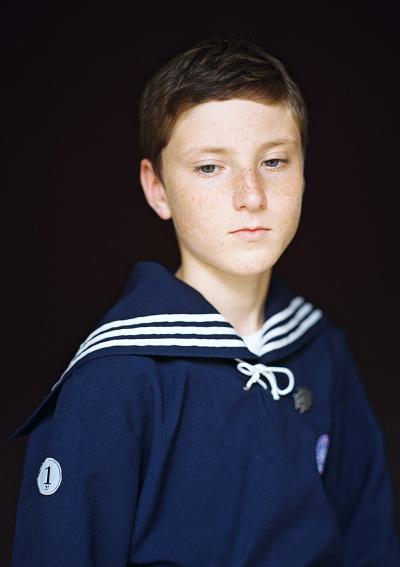

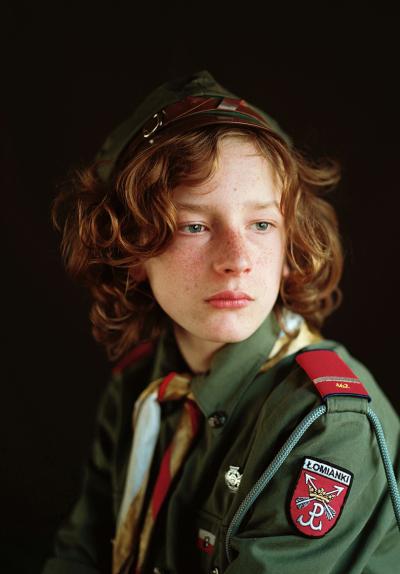
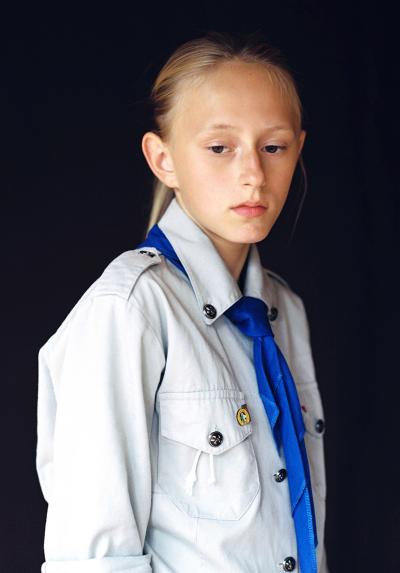
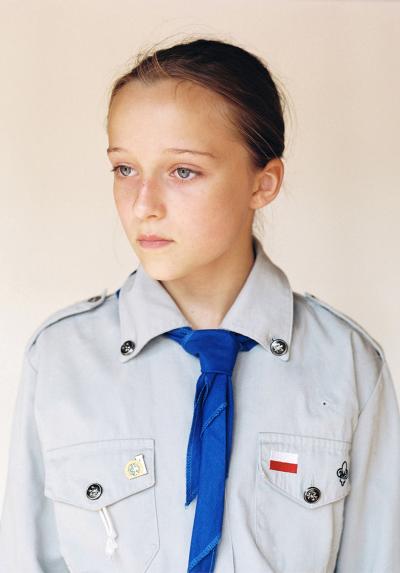
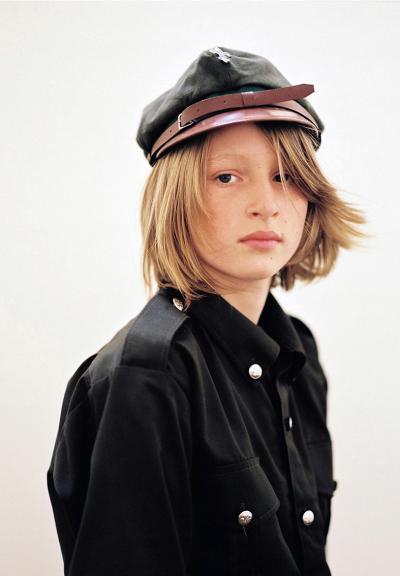
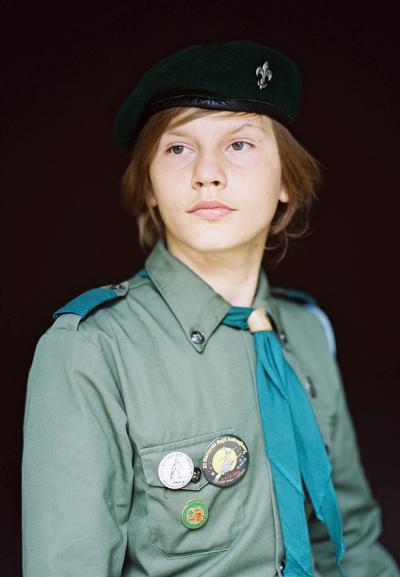
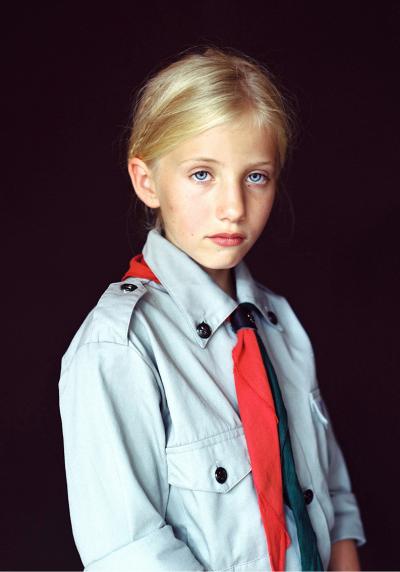
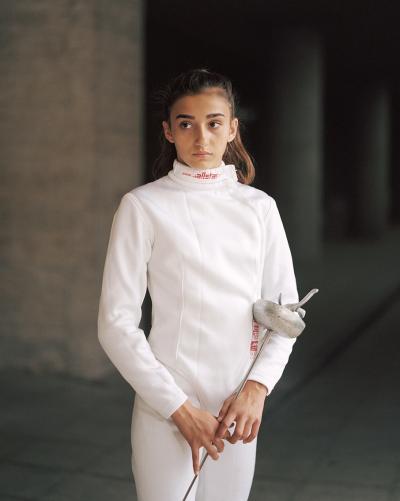
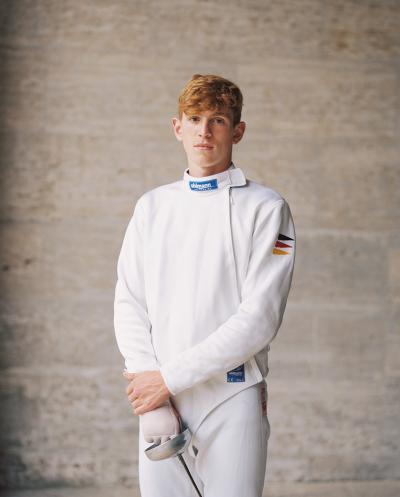
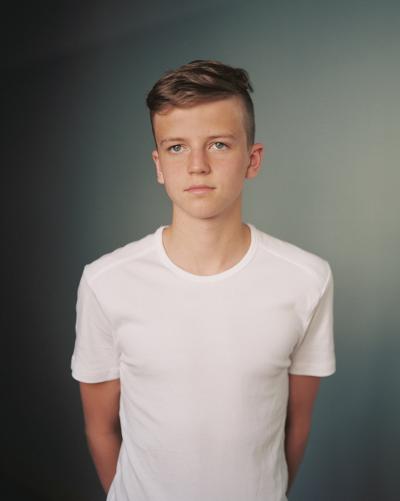
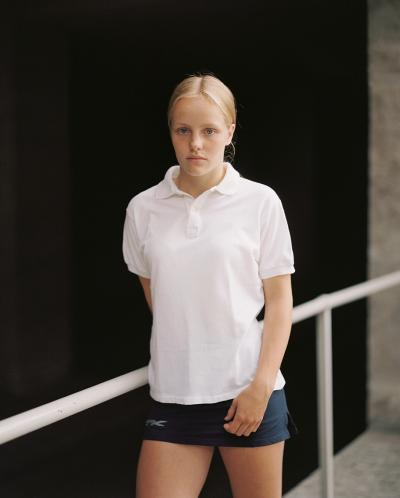
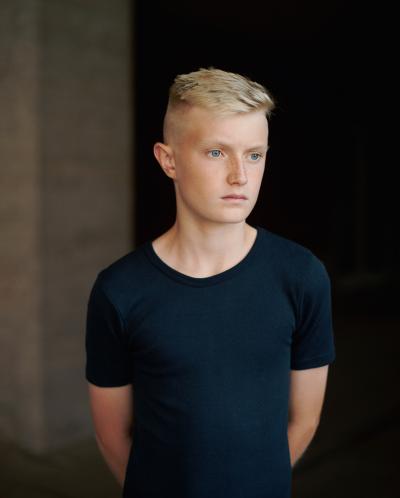

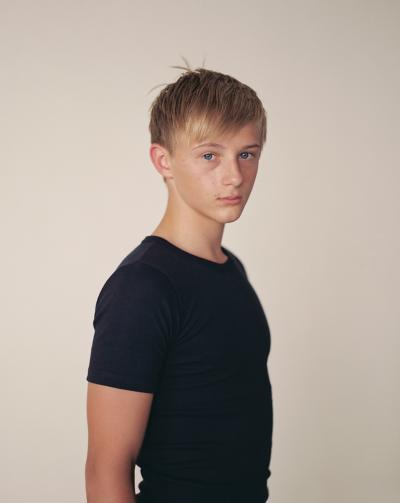

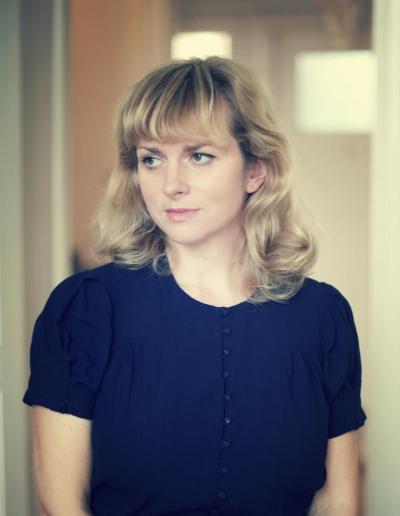

Here it should be mentioned that in the symbolist pictures, a large amount of features attributed to the subjects were not only deliberately symbolic but were also placed against rich backgrounds, whereas Czosnowska's subjects have no symbolic function, are dressed in very simple clothing, mostly without jewellery, and are placed against a neutral background. Anyone who searches long enough is bound to find further models from other epochs of portrait painting. But this cannot be what the photographs are all about. For Czosnowska has herself stated that when she composes her photographs she never has any specific paintings in mind. That said, she has admitted that as a rule her use of a semi-profile, a bent head and a shoulder posture correspond to serene classical poses.[7] Since the Renaissance the semi-profile has been the most common form used in portraits, whereby both the head and body were pointing in the same direction at the time. Examples that come to mind here are paintings by Hans Holbein (1497/98-1543) and Lucas Cranach (1515-1586). Only during the baroque era was the body placed in a different direction to the head and here the gaze of the subject was mostly directed beyond the viewer. This is the case with Vermeer and also with Czosnowska. Even Rembrandt's youthful “Self Portrait with Gorget” (ca. 1629, Germanisches Nationalmuseum, Nürnberg) would be a perfect example. His complete pose is reproduced once more in the photographic portraits of “Jan” (Ill. 22) from the 2008 series of “Pupils” (Ill. 18-27), and of “August” (Ill. 18) even in the shape of the nose, the eyebrows and a hint of the forelock.
Czosnowska selects her subjects from closed social networks like school classes, boy choirs, Boy Scouts and Girl Guides and monastery communities, as a rule in Poland. The new series “Elites” (Ill. 40-47) was made at a sport grammar school in Berlin. However she also finds individual models (Ill. 1-8) on the street: “I keep my eyes open all the time, scan faces, and am permanently looking for the right physiognomy, the right expression that fits my pictures exactly. When the spark lights up, when I see the right missing face, then everything comes together before my inner eye to become the later picture.”[8] She not only finds faces that she recognises from her early childhood in Poland. In Germany too she maintains she is continually fascinated by Slavic-looking features. These physiognomies remind her of her roots, she says: they link her with inner human values like virginity, innocence and purity. We might also add that her images express blamelessness and integrity, indeed inner beauty.





















































































